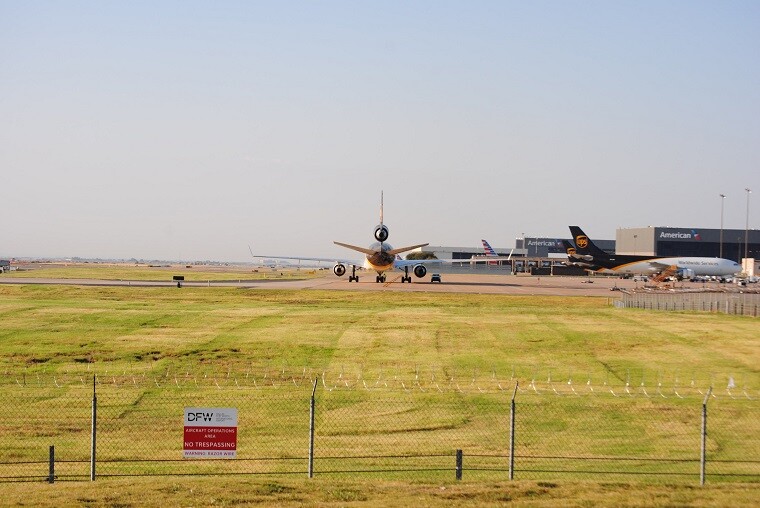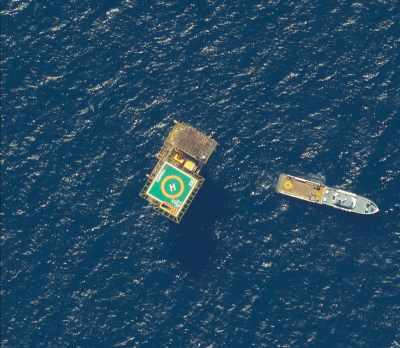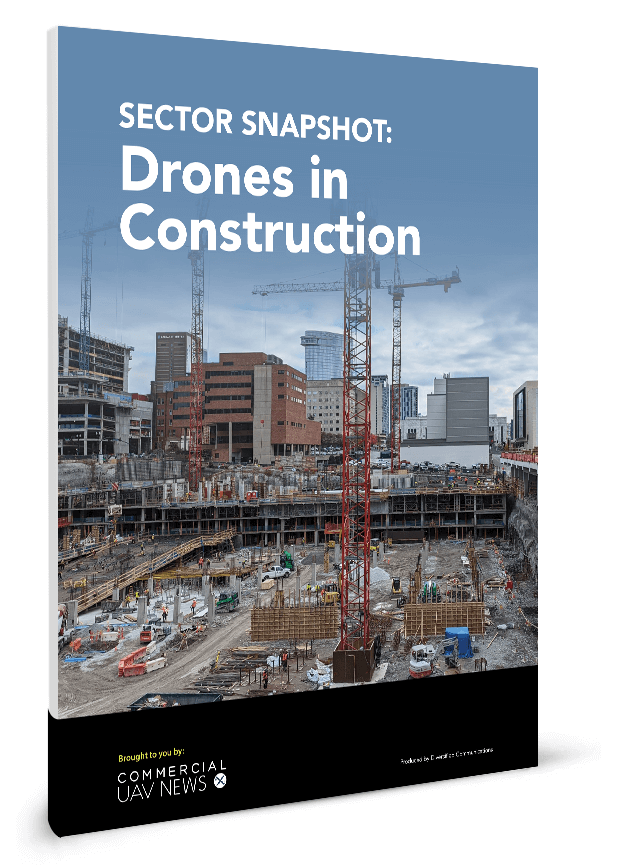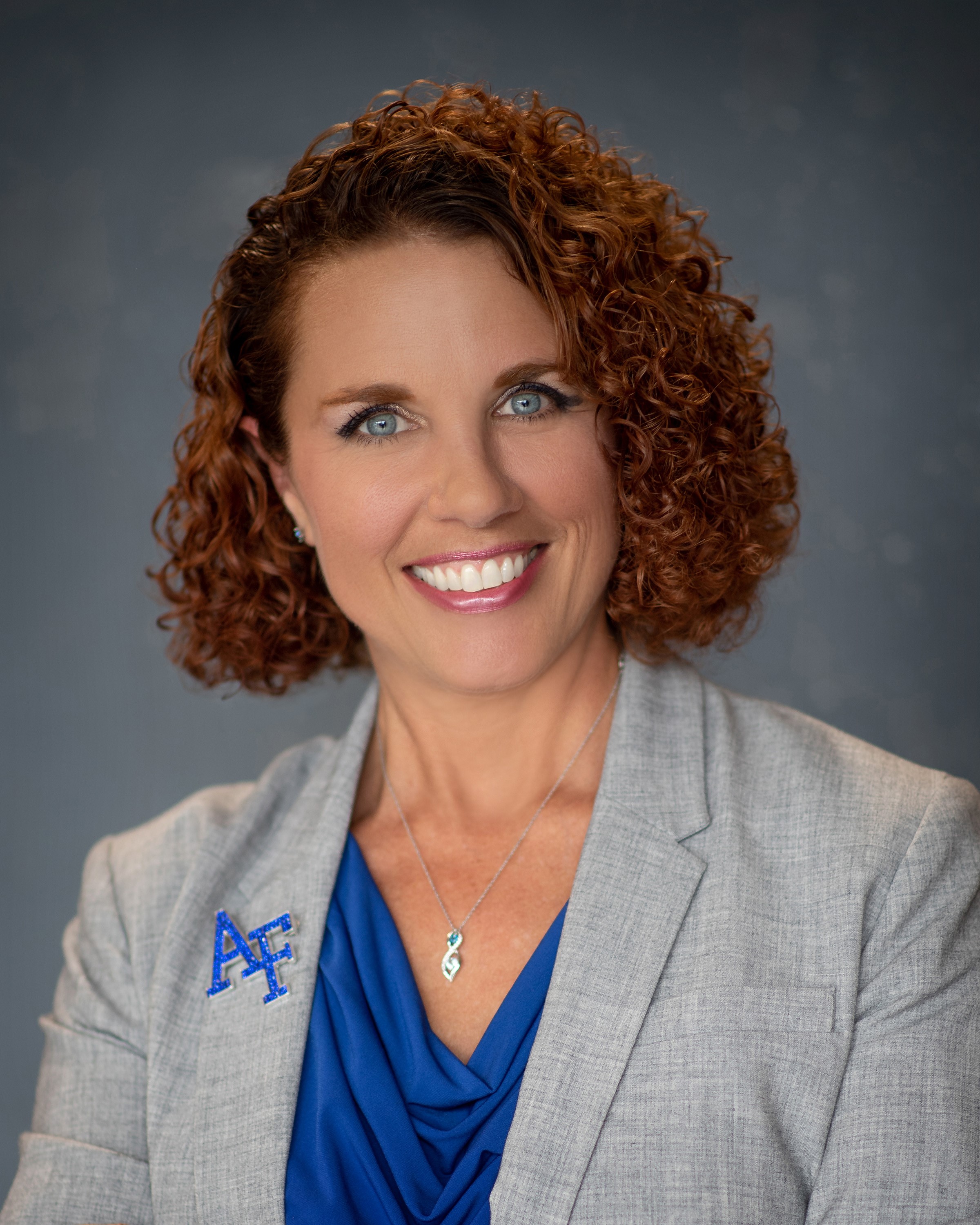While we wait for the regulation that would allow drones to fly beyond the visual range of the pilot (BVLOS), many uncrewed aviation operators have opted to request Certificates of Waiver or Authorization (COA) when flights in the vicinity of airports or sensitive areas are required.
The Federal Aviation Administration (FAA) defines a COA as “… an authorization issued by the Air Traffic Organization to a public operator for a specific UA activity” In other words, it is issued by the aviation authorities to allow uncrewed aviation operators to fly in close proximity to areas where other operators, crewed or uncrewed, might be affected by the presence of a drone. The definition by the FAA goes on to say, “If necessary, provisions or limitations may be imposed as part of the approval to ensure the UA can operate safely with other airspace users.”
The key words here are “provisions,” “limitations,” and “other users.”
Let us examine what happens when a COA is issued to a private company that needs to fly a drone inside the 5 nautical miles (NM) radius of a Class C airport. In this case, the COA will specify the exact altitude of the flight and will require the operator to call the tower of the airport in advance of every flight. This notification will allow the tower controller to let pilots of crewed aircraft taking-off/landing at the facility, know that there is drone activity in the area and to be particularly alert.
COAs will have a designated person as the “Responsible Person,” the one “… responsible for the overall safety of UAS operations under this Certificate of Waiver or Authorization,” and that person is the one that will have to make sure that everyone flying under the COA observes and abides by the strict conditions specified in it.
Unfortunately, in today’s world, the individual named as “Responsible Person” might not be the pilot or even work for the same company performing the flights.
In the last few years, a new business model has appeared, and large UAV generic contractors have sprouted to offer services from a central location to perform a specific mission throughout the country, and then hire local pilots to actually perform the flights. This creates potentially three layers of responsibility that need to be examined and addressed:
- The original customer that needs the flight. (Recipient of the COA)
- The large contractor that wins the contract from the original customer.
- The independent pilot who gets hired by the large contractor.
COAs are normally requested and issued by the entity that needs the flight, in this case the original customer. The implication is that now there are two degrees of separation between the COA and the pilot, and that creates a potentially dangerous situation.
The Responsible Person named in the COA needs to make sure that everyone flying under that COA reads and understands every provision and limitation specified in it. If there is an accident in an area under a COA, the first person the National Transportation Safety Board (NTSB) and the FAA will call is the “Responsible Person.”
One issue that is tricky and might have to be corrected in the COA process moving forward is the fact that the altitude mentioned under current COA guidelines is just specified as Feet. For example, a COA could say “At or Below 200 feet Above Ground Level (AGL),” and that might be good enough when everyone measures altitude the same way. But in today’s world, drones are flying using GPS/GNSS altitude and crewed aircraft are using barometric pressure. These different ways of calculating distance from the ground introduce another level of uncertainty that might need to be addressed in the future.
Another concerning issue is that most drones used today by commercial pilots are equipped with a Geofence safety feature that prevents UAVs to fly in the vicinity of airports and sensitive areas. This “feature” might look good in theory, but in reality, it prevents legal pilots performing their duties under COAs.
One way to unlock the safety mechanism is to submit the scanned COA to the manufacturer and request permission to fly. The problem is that we are giving foreign manufacturers the power to authorize flights when that should be the sole responsibility of the FAA.
One way to solve this conundrum would be for the FAA to include a QR code in every COA that the pilot can scan and submit to the manufacturer and that would unlock the drone and will introduce every provision and limitation into the drone software. In other words, it will go from a binary “No You Cannot Fly” to a more accurate “Yes, You Can Fly, But at or Below this Altitude and Inside These Coordinates.”
In conclusion, COAs are very useful and necessary, but the reality of the current process to obtain and use them is not really designed to prevent accidents if they are not followed to the letter and in accordance with common sense practices. This is a process that can be improved with a few minor changes and in preparation for more crowded skies.












Comments